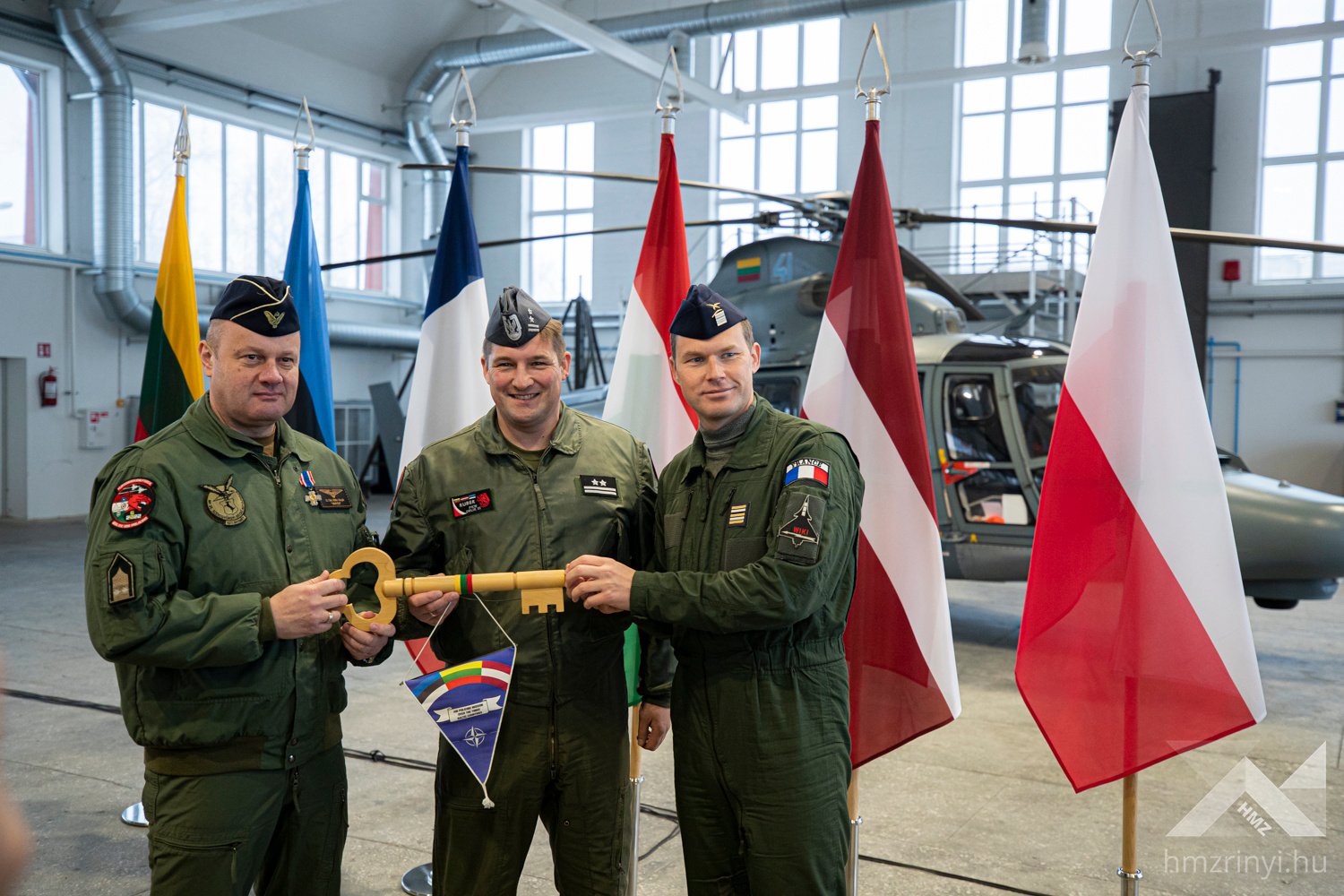
This was the third time that the Hungarian Air Force has been deployed in the Baltic region.Continue reading
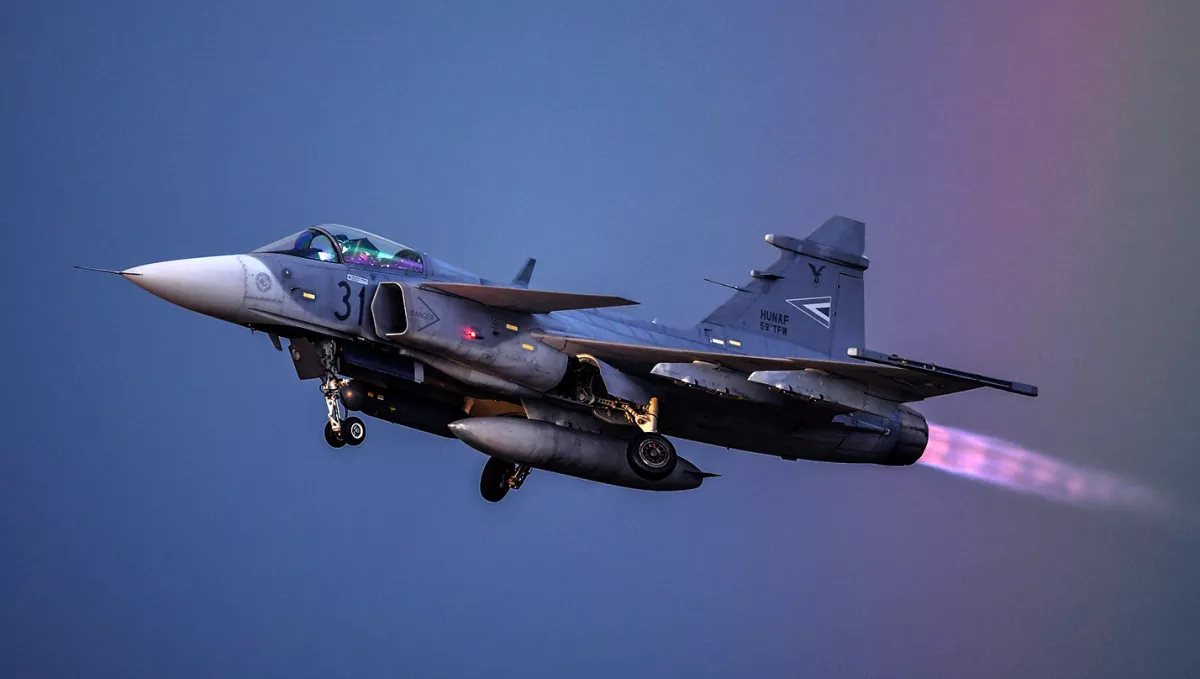
Hungarian aviation portal Aranysas (Golden Eagle) has published an interview with Brigadier General Dr. József Koller of the Hungarian Air Force. In this, the high-ranking officer had outlined the planned development and upgrade of the Air Force’s military aircraft in the immediate future.
According to the article, the 20 French Airbus manufactured H145M helicopters are already at the Szolnok military air base, and pilot training had recently started with the Czech Zlin aircraft, which partly fulfills the ultimate goal of training future pilots by Hungarian instructors, in Hungarian airspace. Another achievement is that the first Airbus H225M helicopter made for Hungary has already taken to the air during a test flight.
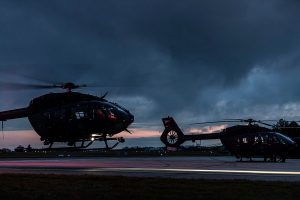
Airbus H145M. Photo: Facebook Magyar Honvédség
The new Czech-made OVP-12 SL-1 round-dome parachutes have also arrived at the Szolnok base, replacing the former East German models that are currently in use. The senior staff of the Special Operations Forces and the commanders of the Hungarian Army have tested the parachute, which has been upgraded with automatic systems, and this new equipment will soon be deployed.
In 2018, the National University of Public Service (NFTC) started training 20 pilots. 36 young pilot candidates are currently preparing for the profession. Fighter pilot training will continue until 2024 at the NFTC course in Canada, but they also have instructors in San Antonio, from where they will transfer to Oklahoma to conduct practical flights after retraining. In the US, the candidates and instructors will fly in a similar way to the NFTC, but in T-6A Texan II aircraft. Combat training – the fourth phase – is planned to take place at an Italian training center.
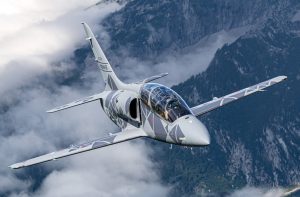
L-39 NG. Photo: Facebook Aero Vodochody
The 12 brand new L-39NG aircraft coming to Hungary could mean that pilots could reach the end of the third phase of their training at home, after which only the fighter pilot candidates would have to travel abroad for combat training. In Brigadier General Koller’s assessment, the current number of pilots is just right, since it is not good to have too many pilots, because then the 2,000 hours available would have to be spread over several pilots, i.e. there would be less per pilot. Until the Air Force receives its L-39NGs, fighter pilots can only use the expensive Gripens for training. Once the Czech aircraft are regularized, the instructors flying it can maintain their proficiency on the JAS 39s.
The article claims that there will also be more opportunities for this at the Kecskemét base soon, as
four new Gripen aircraft will join the Puma squadron in addition to the L-39NGs, increasing the base’s operational capabilities.
In the transport aircraft area, the KC-390 is already in production, in addition to the Falcons and Airbus 319s currently in service. The Falcons should be seen as primarily a strategic passenger transport, evacuation aircraft, with the advantage of being able to fly long distances to anywhere regardless of the weather, as it makes the majority of its journey at 12 000 meters and above, so that it only needs to be able to land in the weather conditions of the landing site.
The KC-390 Millennium will bring a whole new capability to the Air Force and the Hungarian Defense Forces. Not only will it be able to carry and drop troops, but it will also be capable of aerial refueling and will be an effective aircraft for special operations forces.
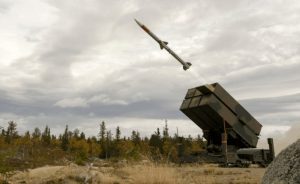
NASAMS Air Defence launcher. Photo: Twitter
At the air defense missile regiment, upgrades have also started. The short range Mistral MANPADs have been in use for quite a long time, the 3 series can now reach 3-4 kilometers. With the withdrawal of the Soviet-era KUB system, the Norwegian NASAMS launchers with American missiles – a version of the AMRRAM used on the Gripen – will take over the task of defending the home airspace. The system’s “brain centre” SAMOC has already arrived, and training there is now part of the daily routine.
Article via Aranysas.hu, Featured Photo: Facebook Honvédelmi Minisztérium